Ping i525 vs Wilson D9 Forged Iron: Read Our Head-To-Head Verdict
Find out which golf iron out of the Ping i525 and Wilson D9 Forged might be best for your game
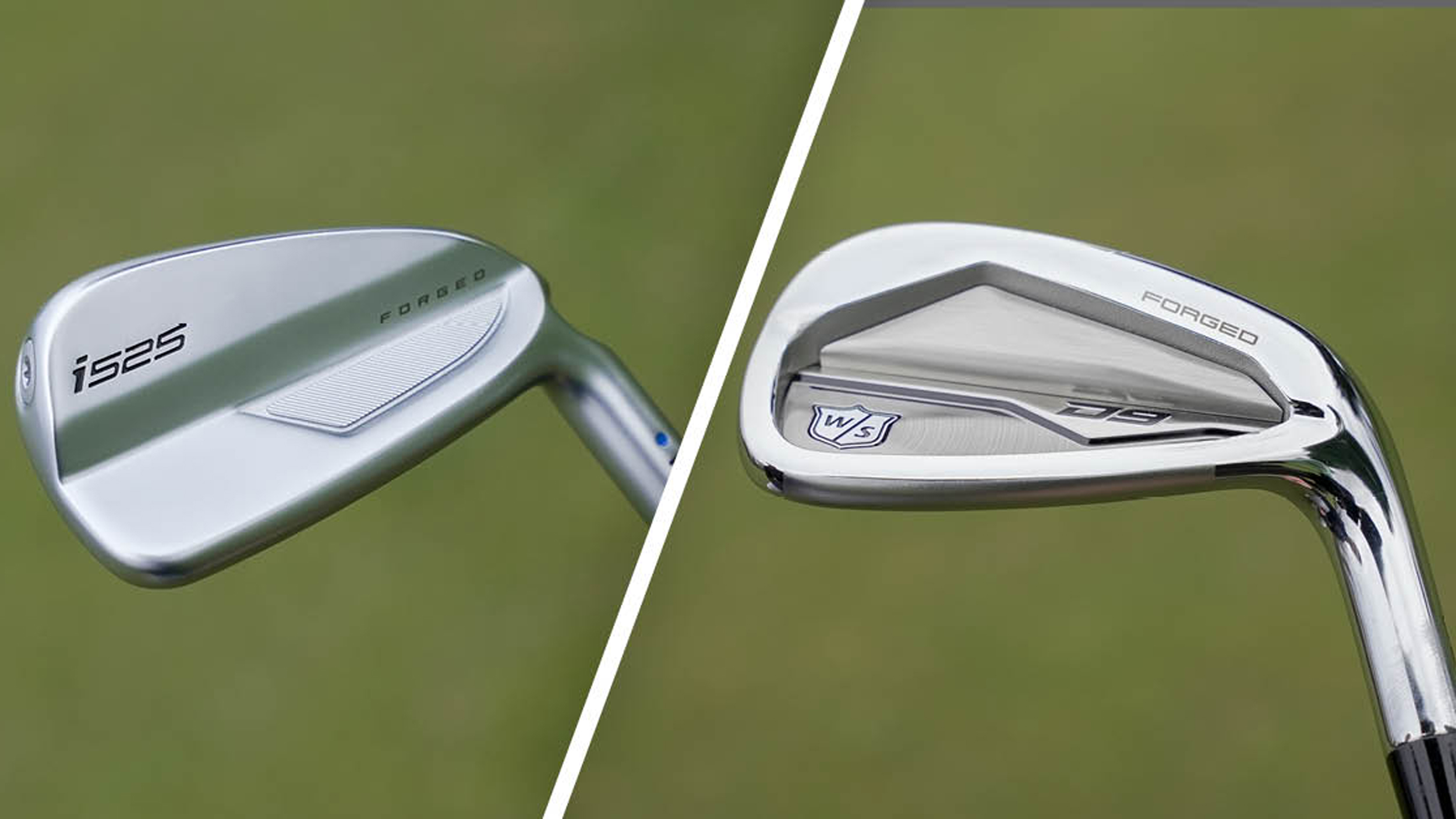

Matt Cradock
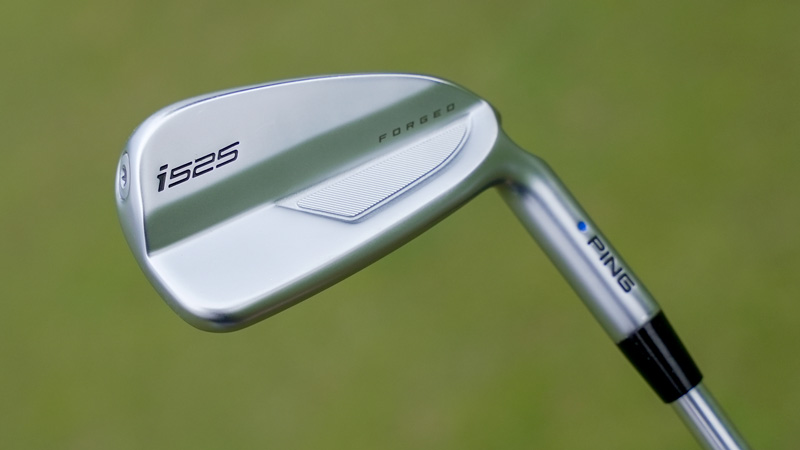
The i525 offers a notable lively feel and greater margin for error on mis-hits as well as a slight increase in distance. The iron is an appealing prospect for the competent player that wants to rekindle the speed of yesteryear, or any mid-handicapper that likes a compact player's look at address with long and consistent carry distances.
For
- Offers a lively feel
- Impressive carry distance
- Will suit a range of abilities
Against
- Firm feel off the face
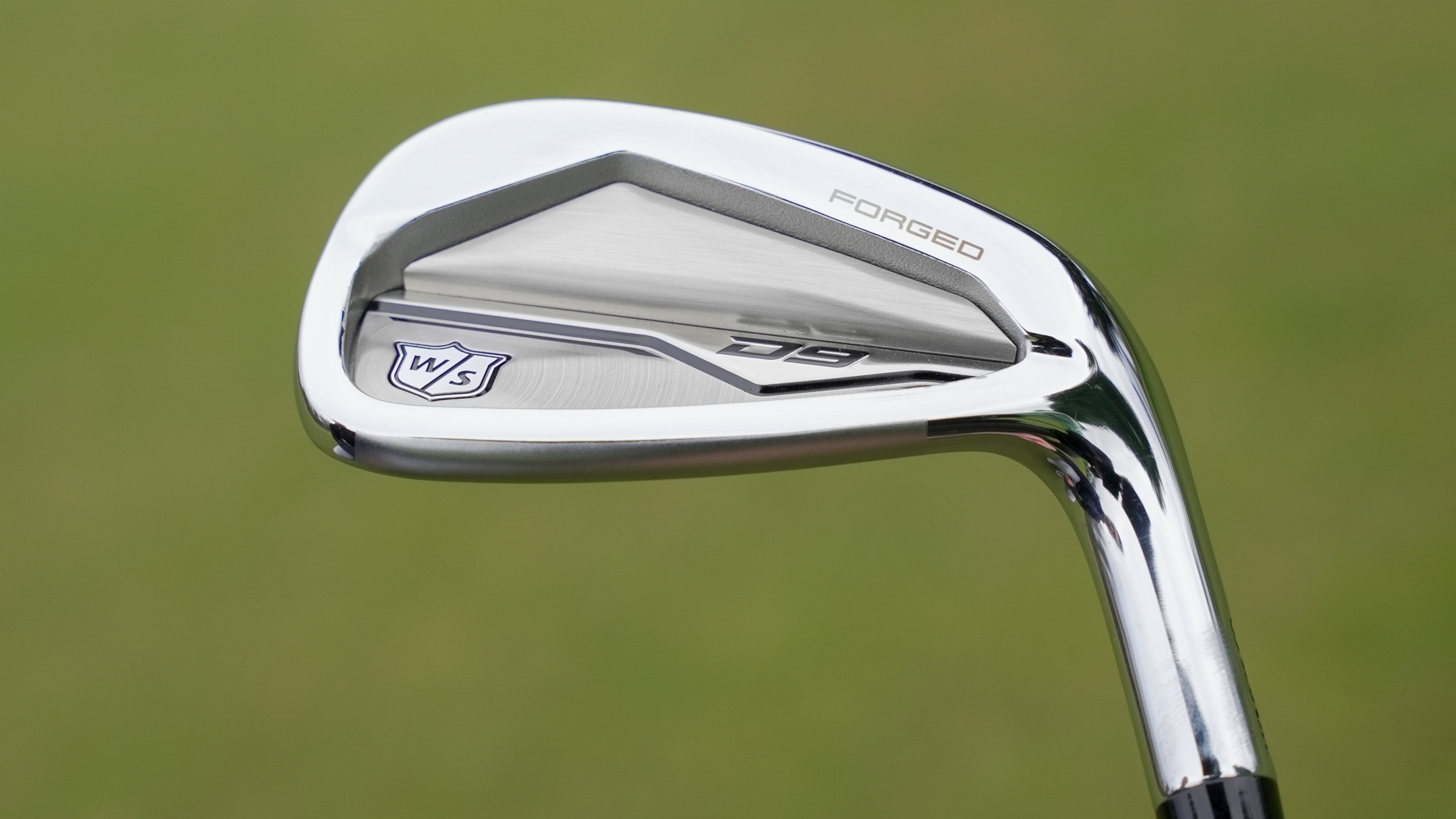
The D9 Forged is a mightily impressive iron that performs in every area, offering a tight dispersion with competitive distance and a soft, solid feel. The flight is a touch on the low side, but the consistency of the trajectory from a small, yet powerful, iron means the appeal reaches a wide handicap range.
For
- Looks stunning in the bag
- Offers a soft but lively feel
- Tight dispersion
Against
- Slower swingers may struggle with launch
Ping i525 vs Wilson D9 Forged Iron: Read Our Head-To-Head Verdict
There are a number of factors to consider when you are deciding on a new set of irons for mid handicappers, notable a balance between being forgiving and playable without looking chunky or cumbersome.
Ping is known for making some of the best golf irons on the market, with the new i525s ranking highly among the best Ping irons in recent times. Another brand that has a rich heritage in irons is Wilson, who has more recently produced some of the most forgiving irons as well as the best game improvement irons for your bag.
In this comparison test, we pit the underrated Wilson D9 Forged iron up against the Ping i525 and assess the looks, feel, sound, distance and forgiveness on offer so that if you are a low or mid handicapper golfer looking for a top quality new set, you know which one is best suited to your game.


Looks
One of the most important aspects is how the irons look and, with the Ping i525, it boasts a less reflective satin finish, which we actually marginally preferred over the shiny finish of the Wilson. Along with the finish, the darker hitting area at address frames the ball very well. At set up, we found that the extra grooves in the playing position are obvious, with the shaping of the i525 remaining very traditional for a Ping iron.
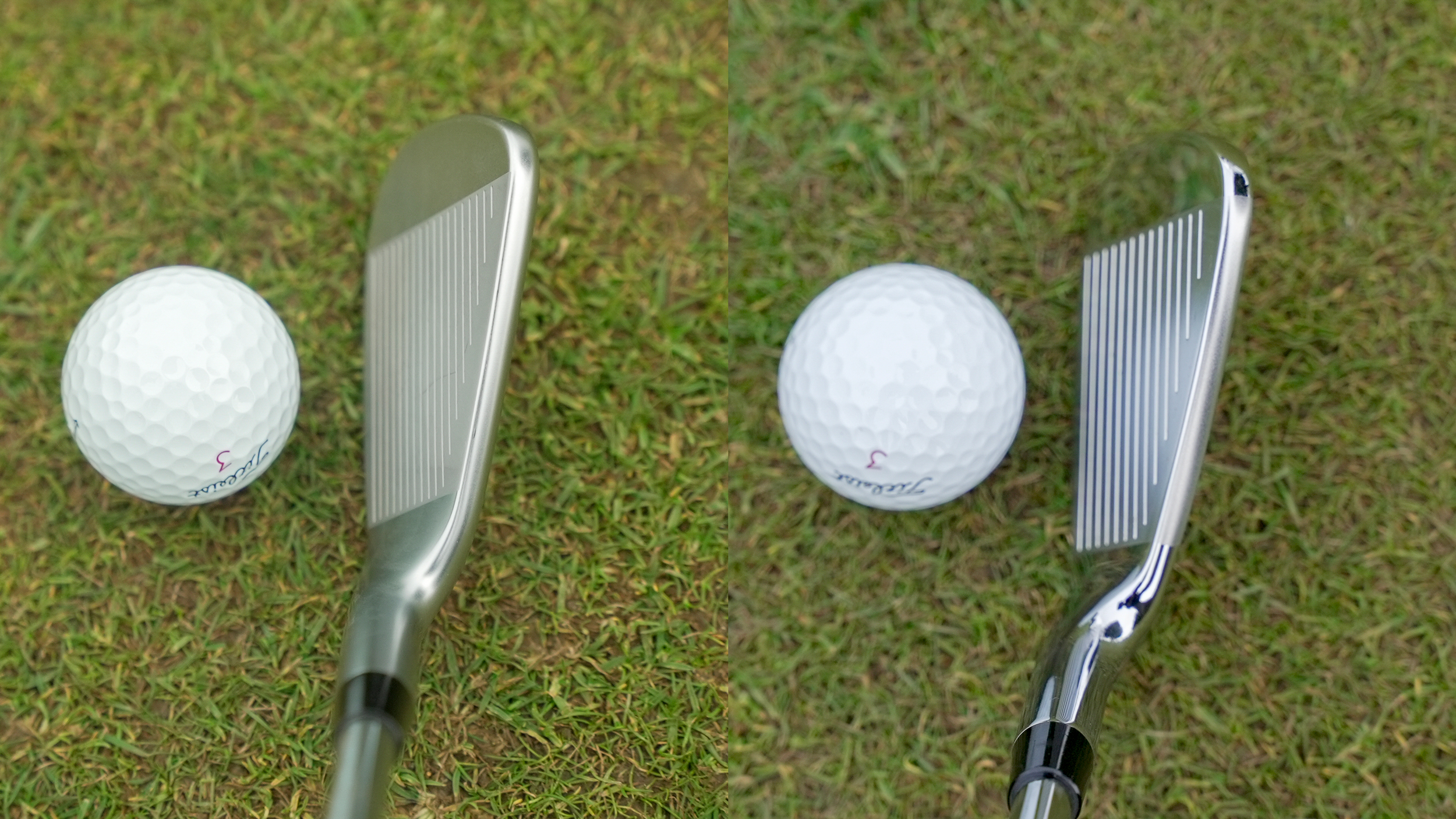
How the Ping i525 iron (left) compares with the Wilson D9 Forged iron at address
When it comes to the Wilson D9 Forged, you will instantly notice that it is an elegant, premium-looking iron from every angle. It is similar in size and offset, but does have a slightly thicker topline, more rounded toe and a mirror chrome finish that we thought makes the face less easy to see down at address.
Feel/Sound
The Ping may just edge it in the looks category, but the Wilson fights back when it comes to the feel and sound at impact, with a better balance of liveliness and softer acoustics off the face giving it the advantage.
In testing, we found the D9 Forged had a more forged-like feel. What we mean is that shots seemed to stay on the face for a little longer, which will be more of a preference to lower handicap players.
Get the Golf Monthly Newsletter
Subscribe to the Golf Monthly newsletter to stay up to date with all the latest tour news, equipment news, reviews, head-to-heads and buyer’s guides from our team of experienced experts.
We still enjoyed the sound and feel of the i525s but they offer up a more clicky, metallic sound at impact that is also a little louder than the Wilson, which probably won't be to everyone's taste. Although some may prefer the feeling of extra power this creates, which does translate into distance, the lower handicappers considering an iron like this may want something softer.
Distance
There isn't much between the both of these irons in the distance department. The Ping edges it by 1mph of ball speed off the face and by a yard or two in terms of carry distance. In our testing, the i525 did feature in a slightly longer shaft length, which will be a factor that contributes to this.
The main difference though was in the flight, with the Ping hitting shots arguably in a better window for stopping power, something that most golfers will be looking for as they try to hold greens when attacking pins.
The D9 Forged is by no means short but it flights the ball a little lower which means it doesn't quite carry the ball as far as the i525 and shots come into greens a little hotter and flatter. But in testing, it produced around 300 rpm more spin, which should help keep the ball in the air and stop it on the greens, but overall the Ping i525 produced more playable performance on mid and long iron approach shots.
Forgiveness
Even the professionals sometimes struggle to hit out the middle of the clubface so it is crucial that there is some forgiveness to back up the mis-hits. Certainly with the i525s there is, with it feeling fast from a wide area on the face.


What's more, the stability we experienced translated into consistent carry distances, while slight mis-hits not only held their line but carried nearly the full distance. It is extremely forgiving for its size.
The Wilson D9 Forged is also forgiving, with the iron being extremely playable, especially for those with an average swing speed or higher. The ball flight on well-struck shots was repeatable and consistent, which meant we could be more specific with our aiming points when swinging well.
Overall Appeal
Both these models are high-class performers, nigh-on matching each other blow-for-blow when it comes to the looks, ball striking experience and on-course performance. When examining the price, the D9 Forged is around $55 a club less expensive, which arguably provides better value but you are getting a little more overall performance from the Ping to justify the higher investment.
To begin with, the consistency on offer from the i525 from different lies, as well as the option of a Power or Retro spec should you want more or less distance respectively, means there is plenty of adaptability to suit your distance and ball flight desires, whilst the looks at address will inspire any golfer to commit to the shot.
For the Wilson D9 Forged, it really is one of the best value offerings in the players distance irons category. The stunning looks are joined by an impressive all-round feel and performance - Wilson is not a brand to be overlooked and the D9 Forged is just one of a whole host of Wilson golf clubs that wrongly tend to slide under the radar.
Which one should you choose?
Choose the Ping i525 if…
- You prefer a satin finish
- You want a higher ball flight
- You don't mind a slightly clicky yet powerful sound and feel
Choose the Wilson D9 Forged if...
- You prefer a mirror chrome finish
- You prioritise a soft, forged-like feel
- You have enough speed to cope with the flatter flight
These Wilson coupon codes will help you save on golf clubs, golf balls and equipment.

Joel has worked in the golf industry for over 15 years covering both instruction and more recently equipment. He now oversees all equipment and video content at Golf Monthly, managing a team of talented and passionate writers and presenters in delivering the most thorough and accurate reviews, buying advice, comparisons and deals to help the reader or viewer find exactly what they are looking for.
One of his career highlights came when covering the 2012 Masters he got to play the sacred Augusta National course on the Monday after the tournament concluded, shooting a respectable 86 with just one par and four birdies. To date, his best ever round of golf is a 5-under 67 back in 2011. He currently plays his golf at Burghley Park Golf Club in Stamford, Lincs, with a handicap index of 3.1.
Joel's current What's In The Bag?
Driver: Titleist GT3, 9°, Fujikura Ventus Black 6 S shaft.
Fairway wood: Titleist TSR3, 15°
Hybrid: Titleist TSi2, 18°
Irons: Titleist T150, 4-PW
Wedges: Titleist Vokey SM10, 50°, 54° and 58°
Putter: LAB Golf DF3
Ball: 2025 Titleist Pro V1x
- Matt CradockStaff Writer
-
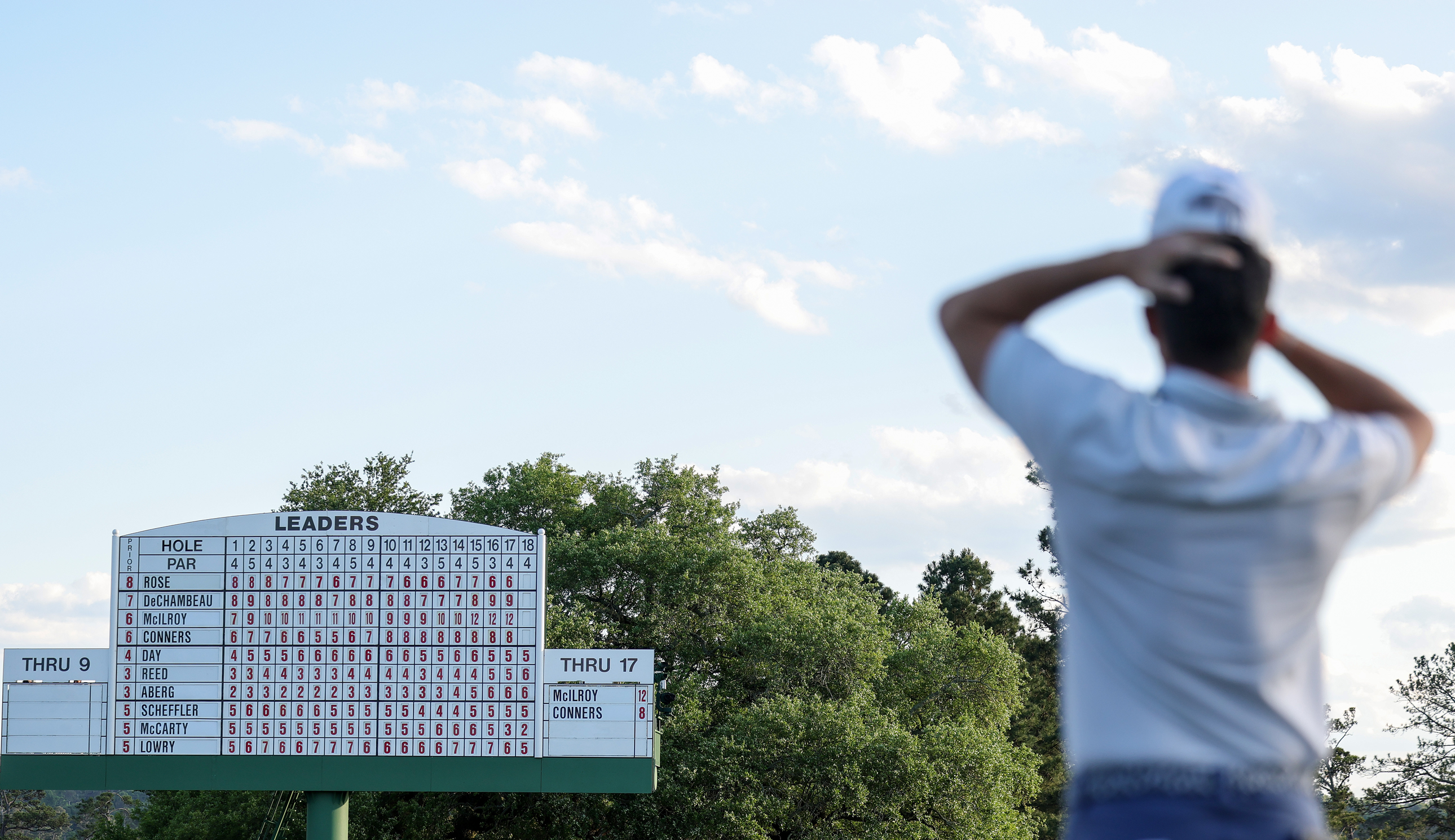 Seve Ballesteros And Brooks Koepka Among The Big Names That Rory McIlroy Would Join As A Five-Time Major Winner With A Masters Victory
Seve Ballesteros And Brooks Koepka Among The Big Names That Rory McIlroy Would Join As A Five-Time Major Winner With A Masters VictoryRory McIlroy leads The Masters going in to the final round and, if he were to win, he would join an illustrious list of five-time Major winners
By Matt Cradock Published
-
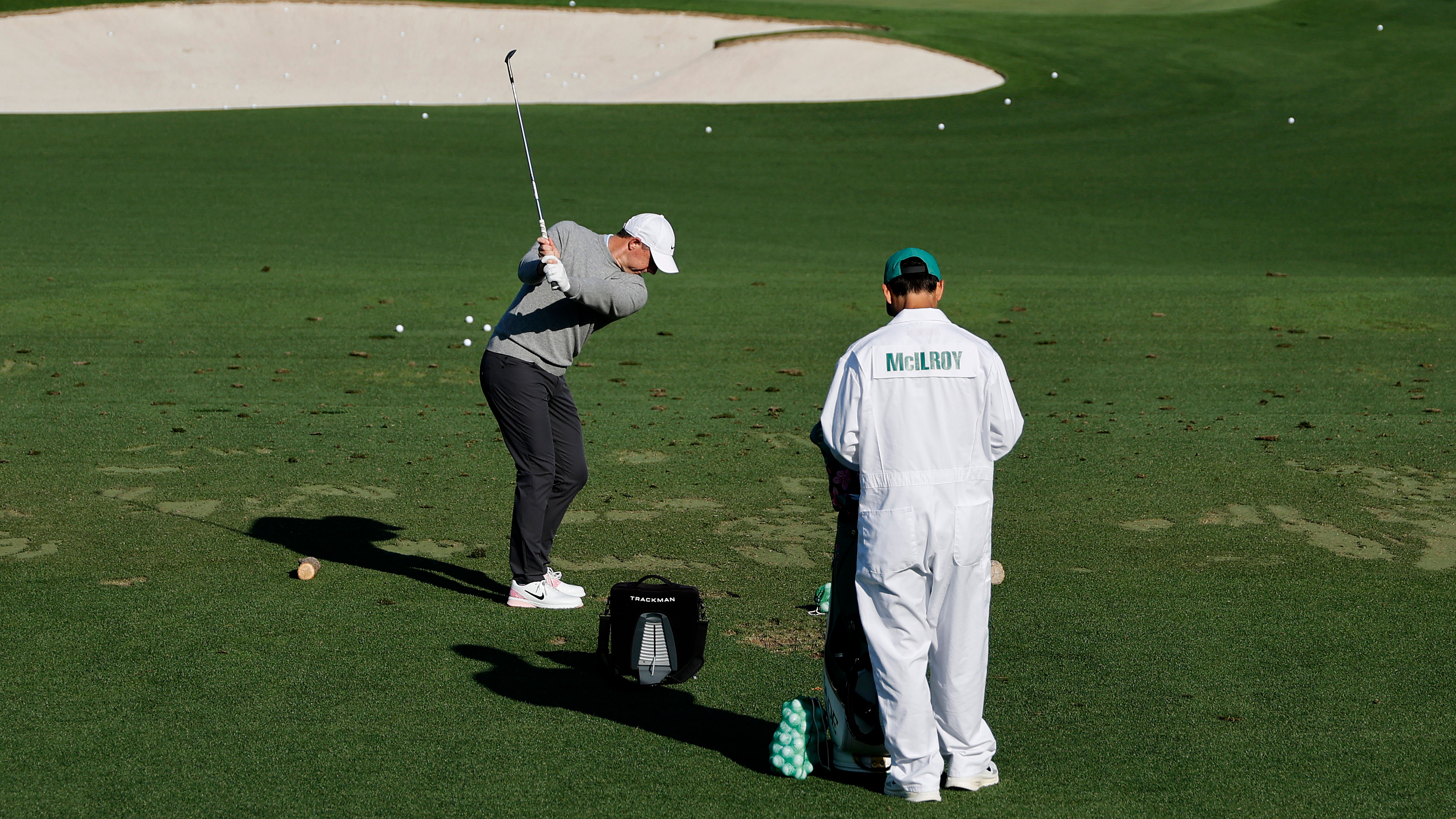 Rory McIlroy Explains His Extraordinary Pre-Round Routine (And It's The Complete Opposite Of Most Amateurs)
Rory McIlroy Explains His Extraordinary Pre-Round Routine (And It's The Complete Opposite Of Most Amateurs)McIlroy shares what goes into his usual pre-round routine at tournaments and what his timetable looks like before arriving at the first tee
By Jonny Leighfield Published
